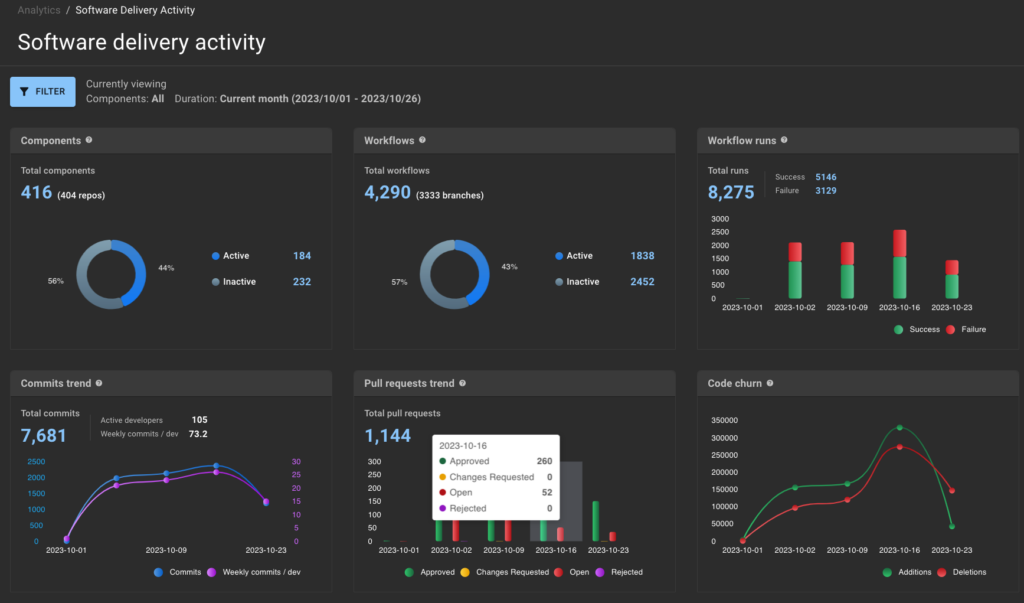CloudBees Brings Modern DevSecOps Platform to Amazon EKS
CloudBees this week announced that its recently unveiled DevSecOps platform is now generally available on the Amazon Elastic Kubernetes Service (Amazon EKS).
Sacha Labourey, chief strategy officer for CloudBees, said the company’s DevSecOps continuous integration/continuous delivery (CI/CD) platform provides a foundation for modernizing application development by simplifying workflows using a domain-specific language (DSL) that is similar to the one employed by GitHub.
That approach is based on a set of Tekton pipelines that are used as building blocks to construct workflows that can then be visually tracked more easily without having to use a GitHub platform that only runs on the Microsoft Azure cloud, said Labourey.
Designed to be accessed via a multi-tenant or single-tenant service, the DevSecOps platform embeds cybersecurity and compliance controls versus requiring DevOps teams to bolt those capabilities on to a legacy CI/CD platform that they then need to manage themselves, he added. CloudBees is also planning to offer organizations the option of deploying its DevSecOps platforms on other cloud platforms if they choose, said Labourey.
The DevSecOps platform also presents an opportunity to streamline the number of tools from multiple vendors that would otherwise be required to secure the software development life cycle.
CloudBees is making a case for a proprietary CI/CD platform that, while intended to replace legacy alternatives, also provides the ability to orchestrate workflows running on Jenkins, Circle CI, GitHub Actions, Bamboo, JFrog pipelines, ArgoCD and Octopus Deploy. Going forward, most organizations are going to be employing a mix of CI/CD platforms to build cloud-native applications based on microservices and monolithic applications that typically run on a virtual machine, said Labourey.
Previously, CloudBees invested in an open source Jenkins X CI/CD platform that ran natively on Kubernetes. That experiment provided the insights CloudBees needed to develop a DevSecOps platform that, in addition to being simpler to manage, provides a more elegant software engineering experience by, for example, ensuring software bills of materials (SBOMs) are always continuously up to date, noted Labourey. At the same time, CloudBees continues to invest in adding new capabilities to that platform.
It’s not clear to what degree DevOps teams might transition to a CI/CD platform that runs natively on Kubernetes, but pressure is mounting to increase the pace at which secure applications can be built and deployed. The DevSecOps platform from CloudBees makes it easier to achieve that goal by reducing the overall level of friction that only serves to increase the amount of toil a DevOps team experiences, said Labourey.
Reducing toil is, of course, critical at a time when more security and compliance controls stipulated by a growing number of regulations and compliance mandates are added to workflows. Finding and retaining DevOps engineers is still a major challenge. IT leaders will soon find these engineers opting for greener pastures where the overall level of frustration is perceived to be a lot less simply because a more modern CI/CD platform is in place.



